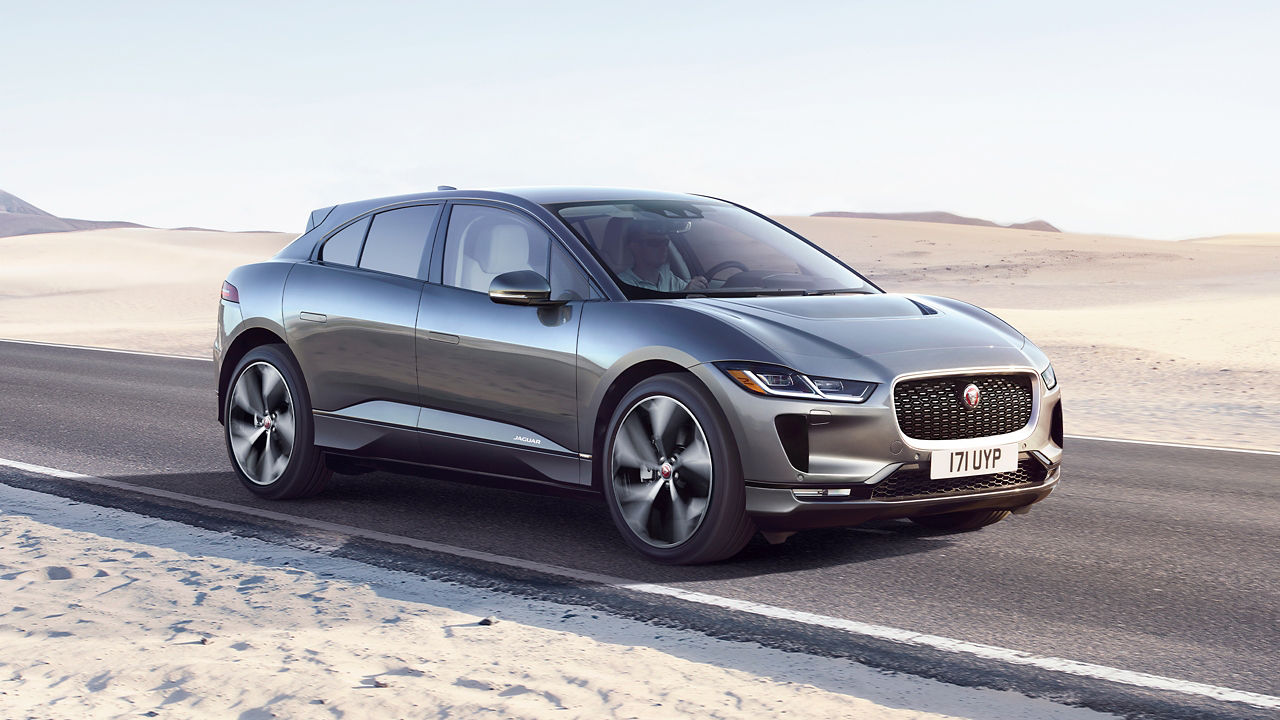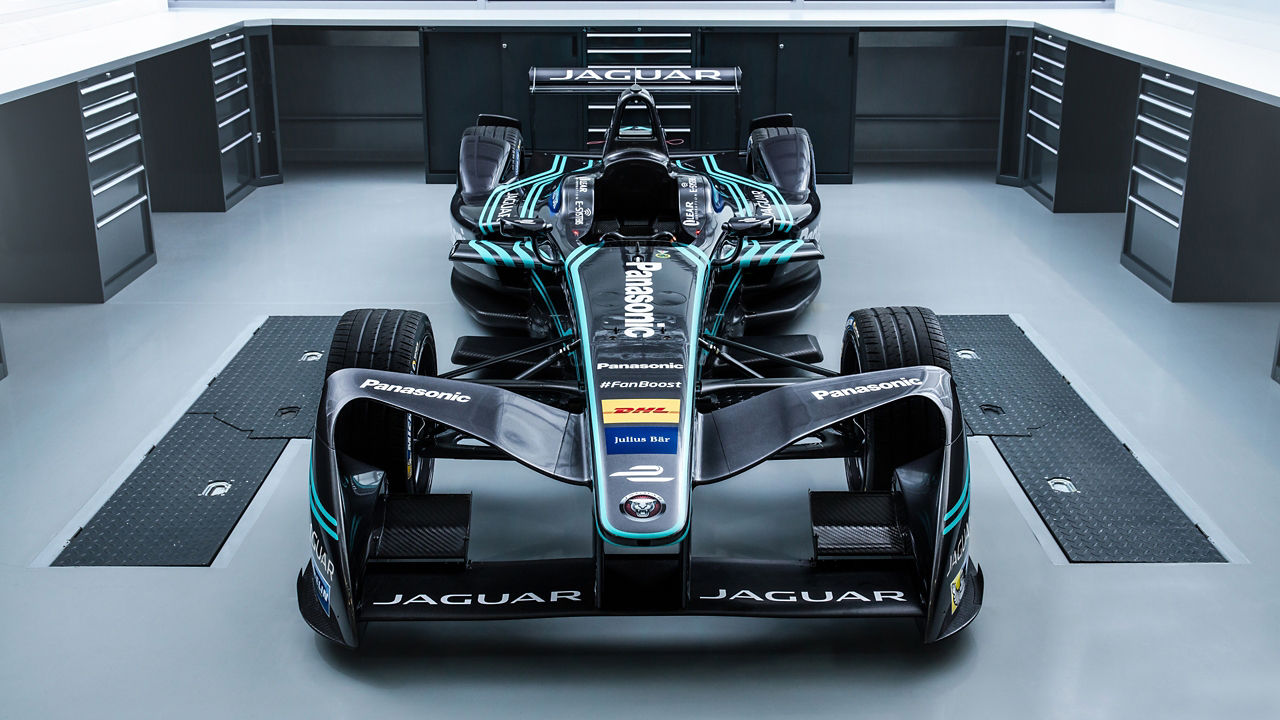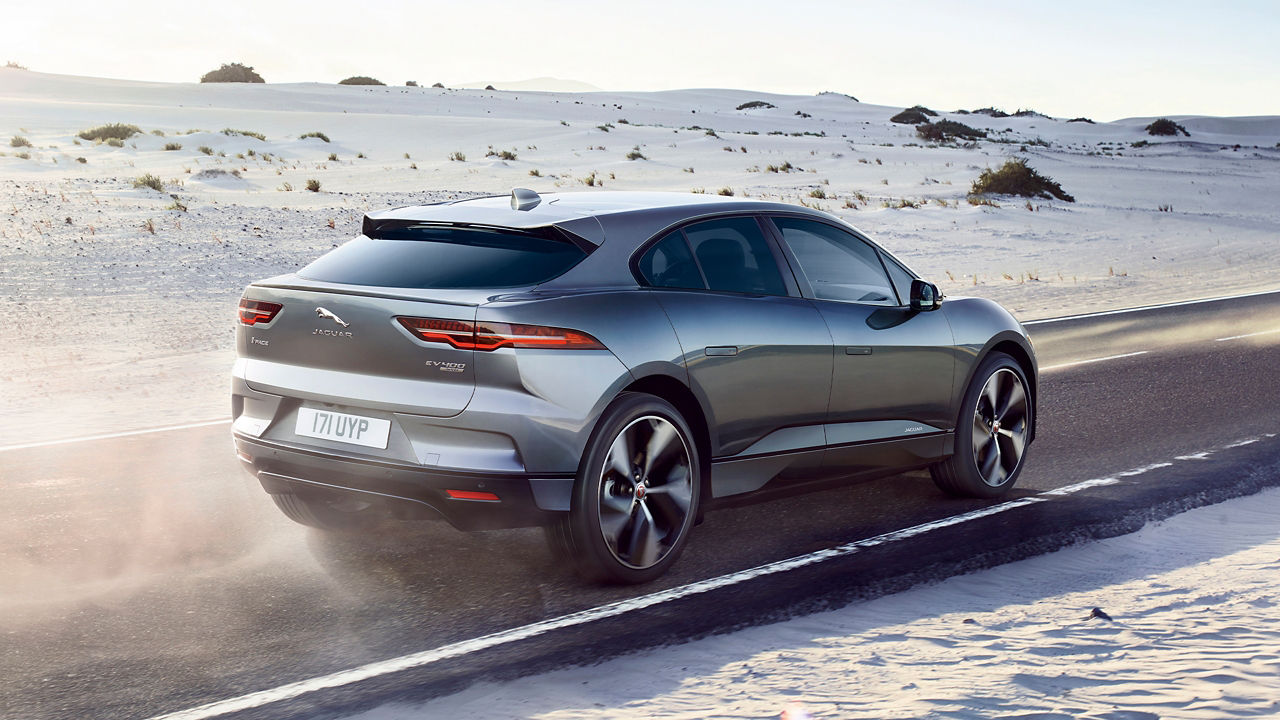Did you know that over just one race the Panasonic Jaguar Racing Formula E vehicle can capture enough energy through clever braking to extend its range by up to 15%? How? By utilizing the latest regenerative braking technology, which is also a big feature of the all-electric I-PACE Concept.
With a regular internal combustion engine, a vehicle is slowed via conventional friction brakes which press the brake pads against the discs. The kinetic energy from the vehicle is converted into heat energy, which is essentially wasted. However in a battery electric vehicle (BEV), the electric motor can convert that kinetic energy into electricity to top up the battery, increasing the number of kilometres you can drive on a single charge.
In Formula E, the length of the race is the same for each competitor, and the amount of energy allowed to complete the race is also fixed at 56 kilowatt hours, so the benefit of regenerative braking in racing translates into extra performance and potentially faster lap times. The intensity of electric racing really tests the vehicle’s parts to the limit — as well as their engineers — and with Jaguar involved in developing both electric race cars and electric road cars, there will be mutual benefits.




